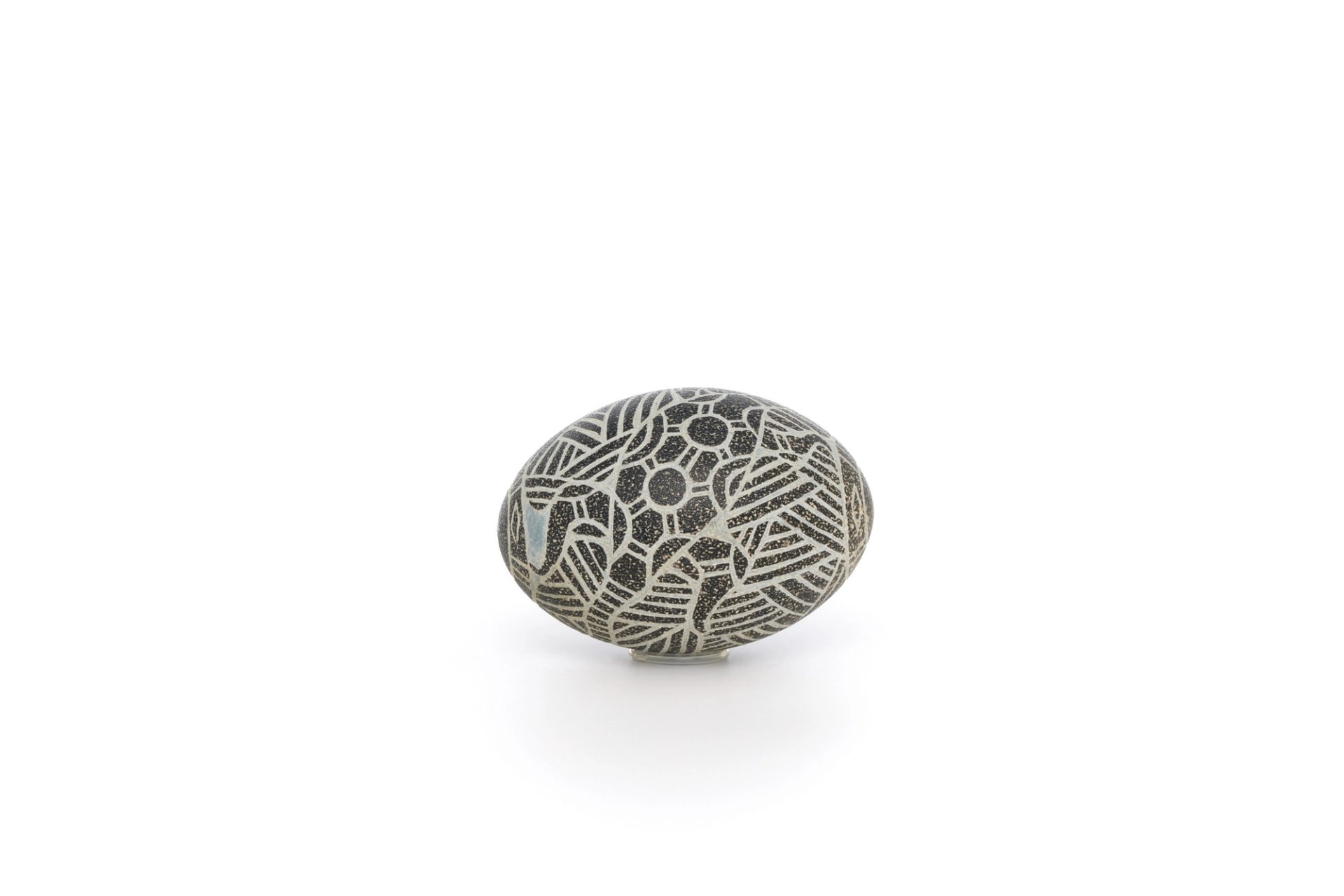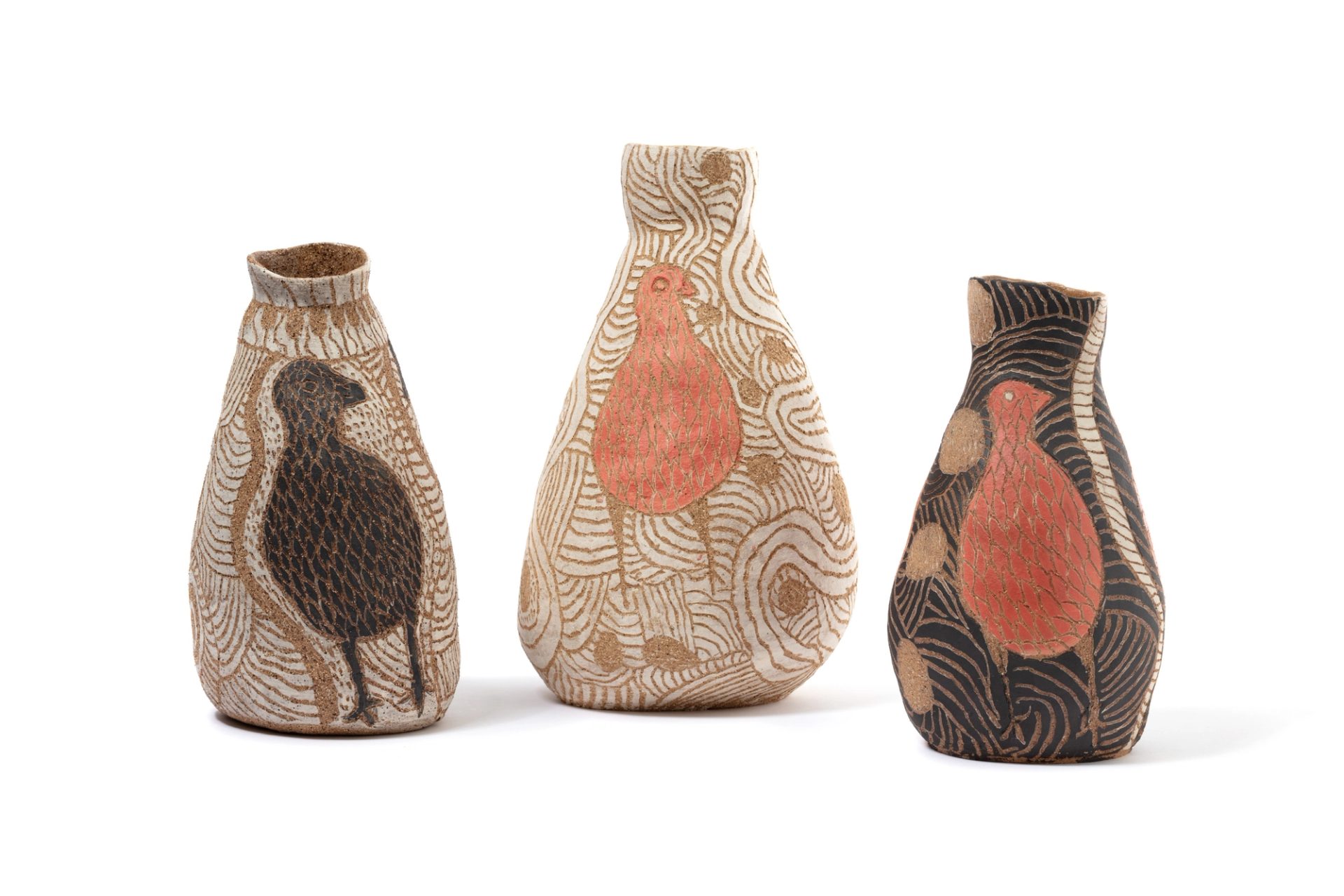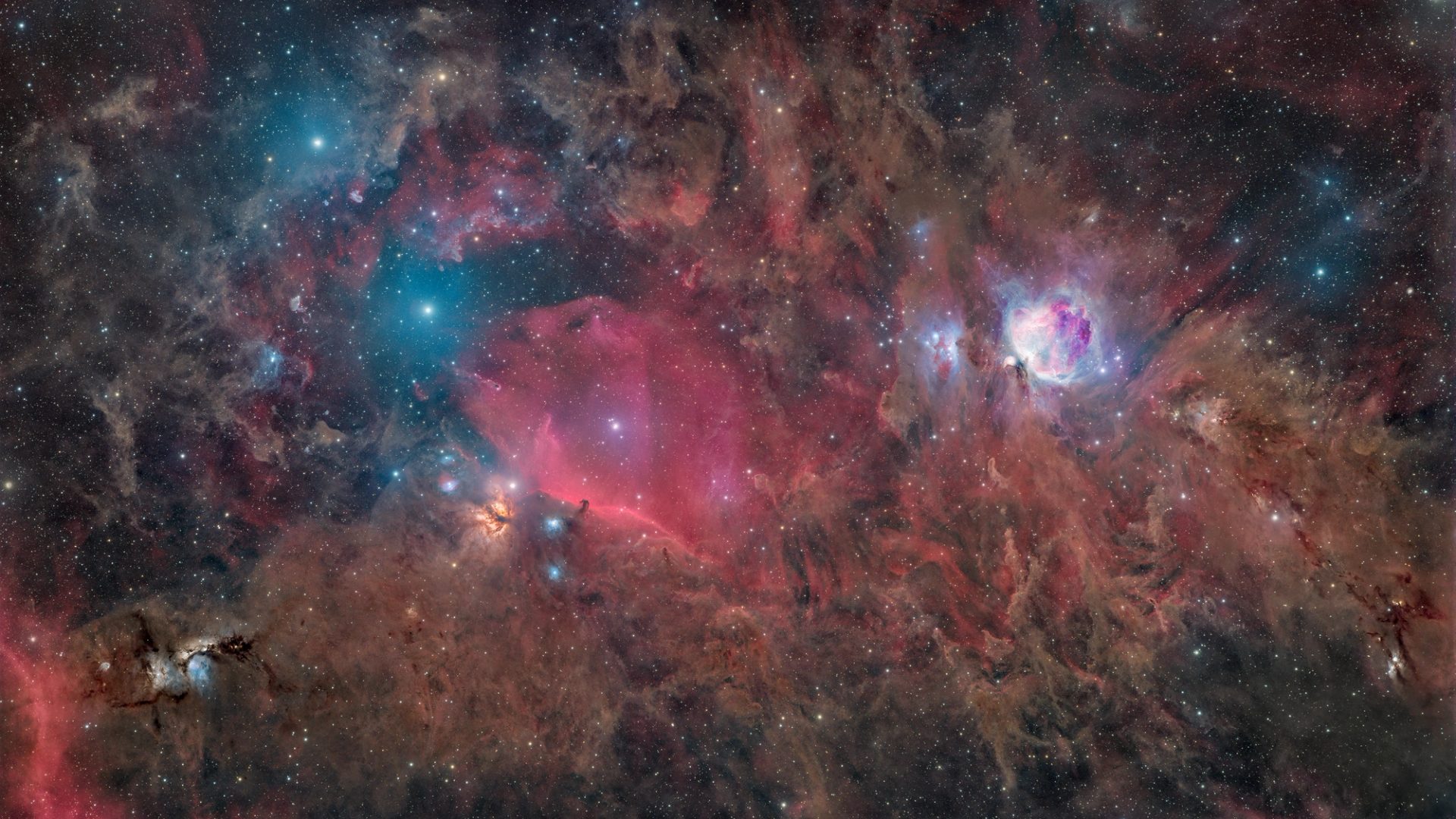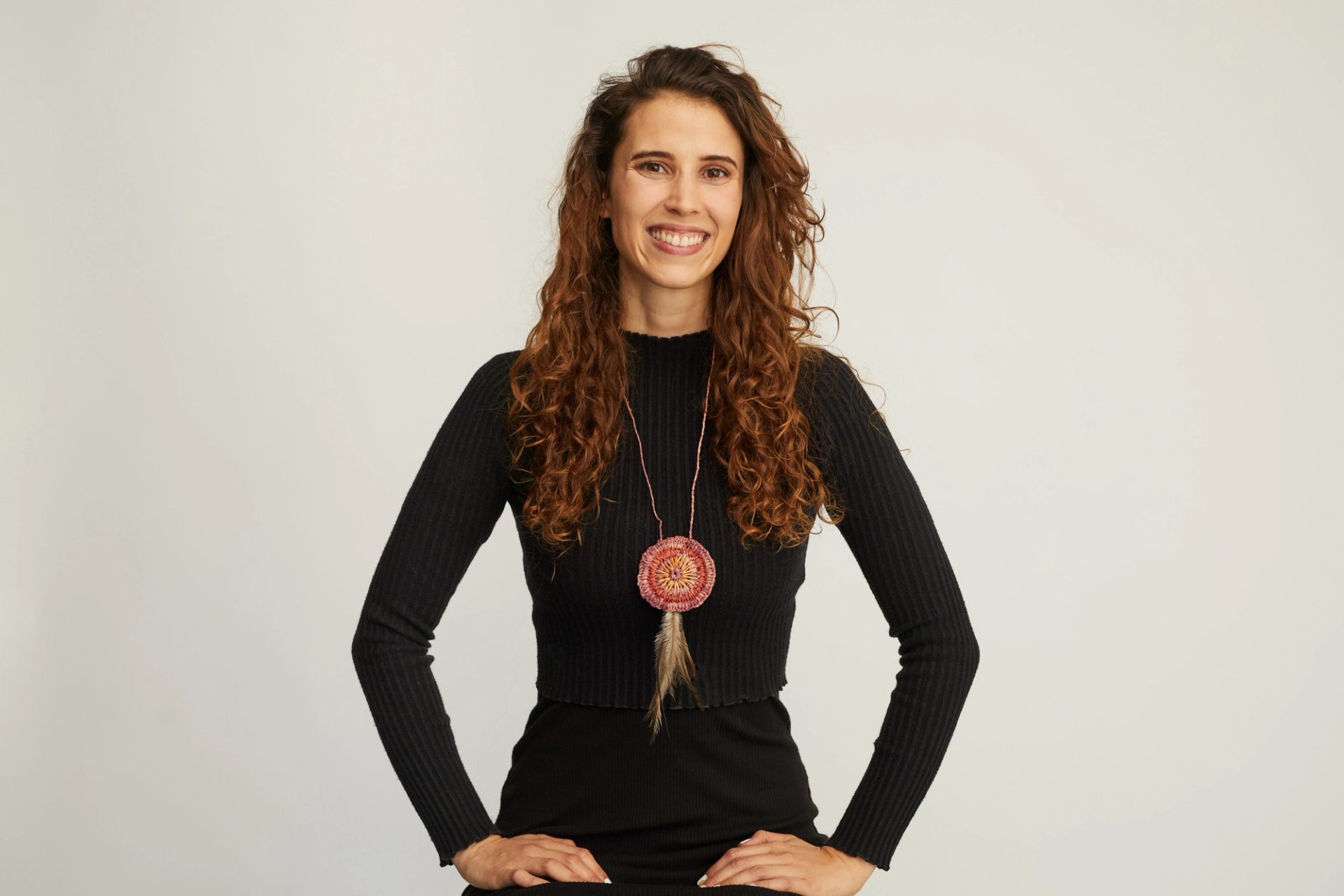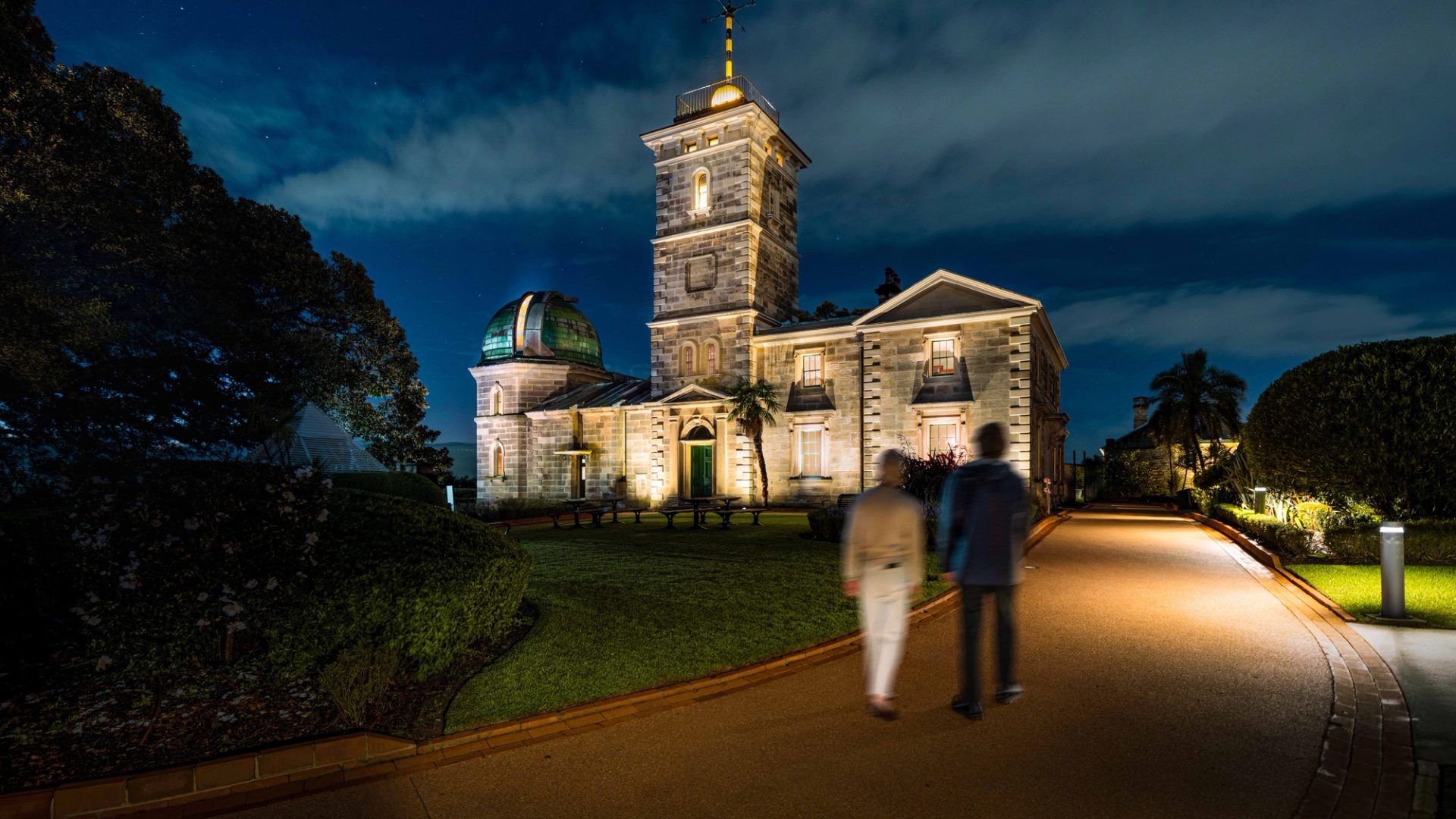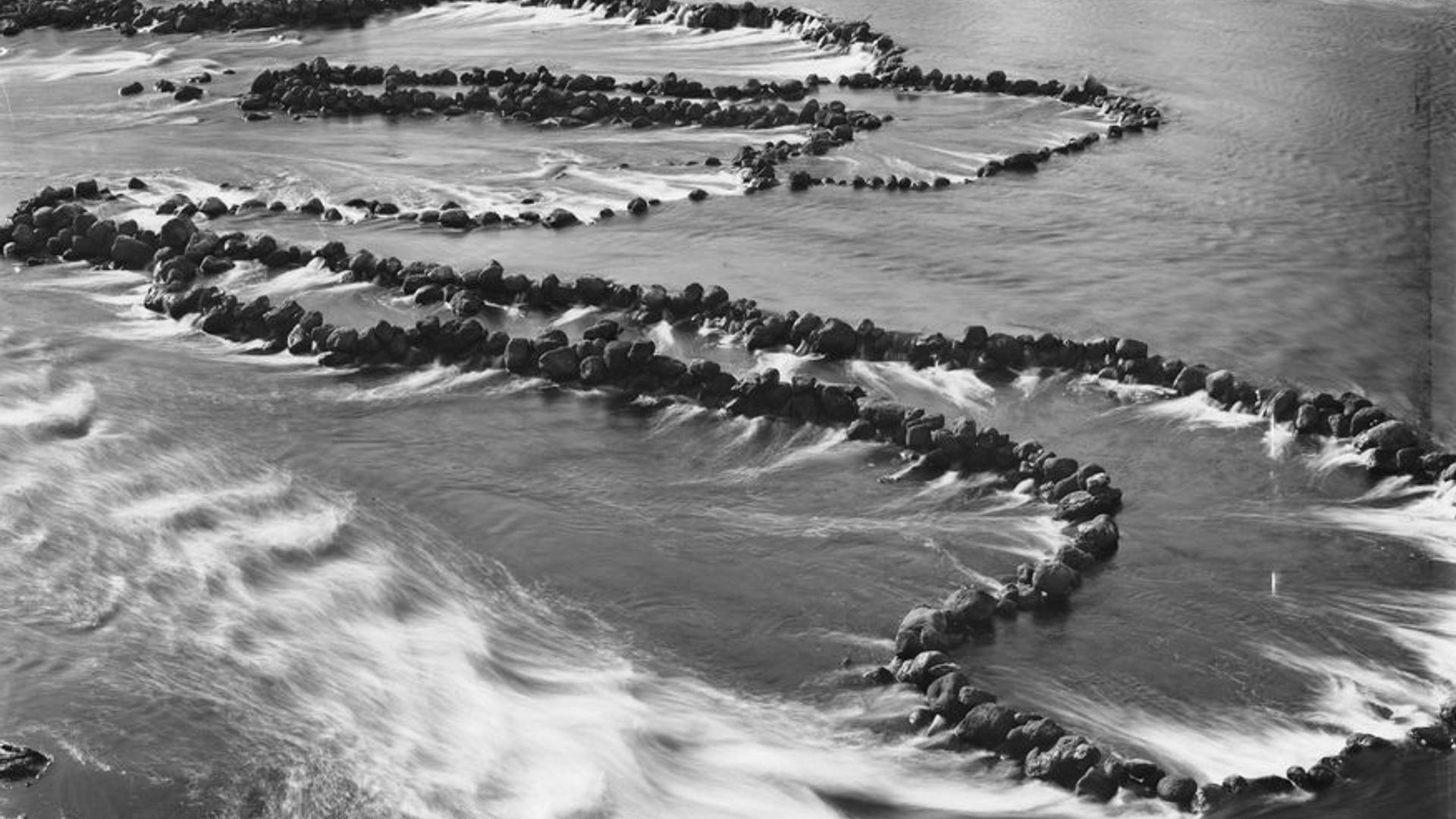Celestial Emu

The Celestial Emu is a constellation that can be seen in Australia’s southern skies from April through to August/September. Emerging from the dark dusk lanes of the Milky Way bands the Celestial Emu, or Gawarrgay in Gamilaraay language, the appearance of the constellation marks the beginning of emu breeding season.
Part of Land and Sky Country, the emu features strongly in First Nations cultures in story, totem, art and history.
‘This really beautiful constellation emerges from the dark dust lanes that we can see in the Milky Way bands that crosses our sky. We call it Gawarrgay in Gamilaraay language.’
Watch and listen as Karlie Noon discusses the yearly phases of Gawarrgay (the Celestial Emu) and dancer Daniel Mateo physically portrays how First Nations peoples use observations of the night sky to inform decisions about resources and significant cultural events.
Karlie Noon is a Gamilaraay astrophysicist and mathematician with more than a decade's experience in science communication and Indigenous heritage. She is also co-author of the award-winning book First Knowledges – Sky Country.
Transcript
Karlie Noon The Celestial Emu is a really special feature in our southern skies. This really beautiful constellation emerges from the dark dust lanes that we can see in the Milky Way bands that crosses our sky. We call it Gawarrgay in Gamilaraay language. It takes form in what we call the Coalsack Nebula. The emu's body stretches most of the length of the sky towards the northeast direction.
The emu in the sky appears around April. We see this big, beautiful dark constellation Gawarrgay running. When it runs its neck sticks out. When the old people would see this, they knew that the emu on the ground, the dhinawan, as we call it in Gamilaraay, they were laying the eggs.The female dhinawans were chasing the male dhinawans to do their breeding cycle. The emus begin laying their eggs and the Celestial Emu is a reminder that these eggs are ready to collect, and they can be eaten at this time.
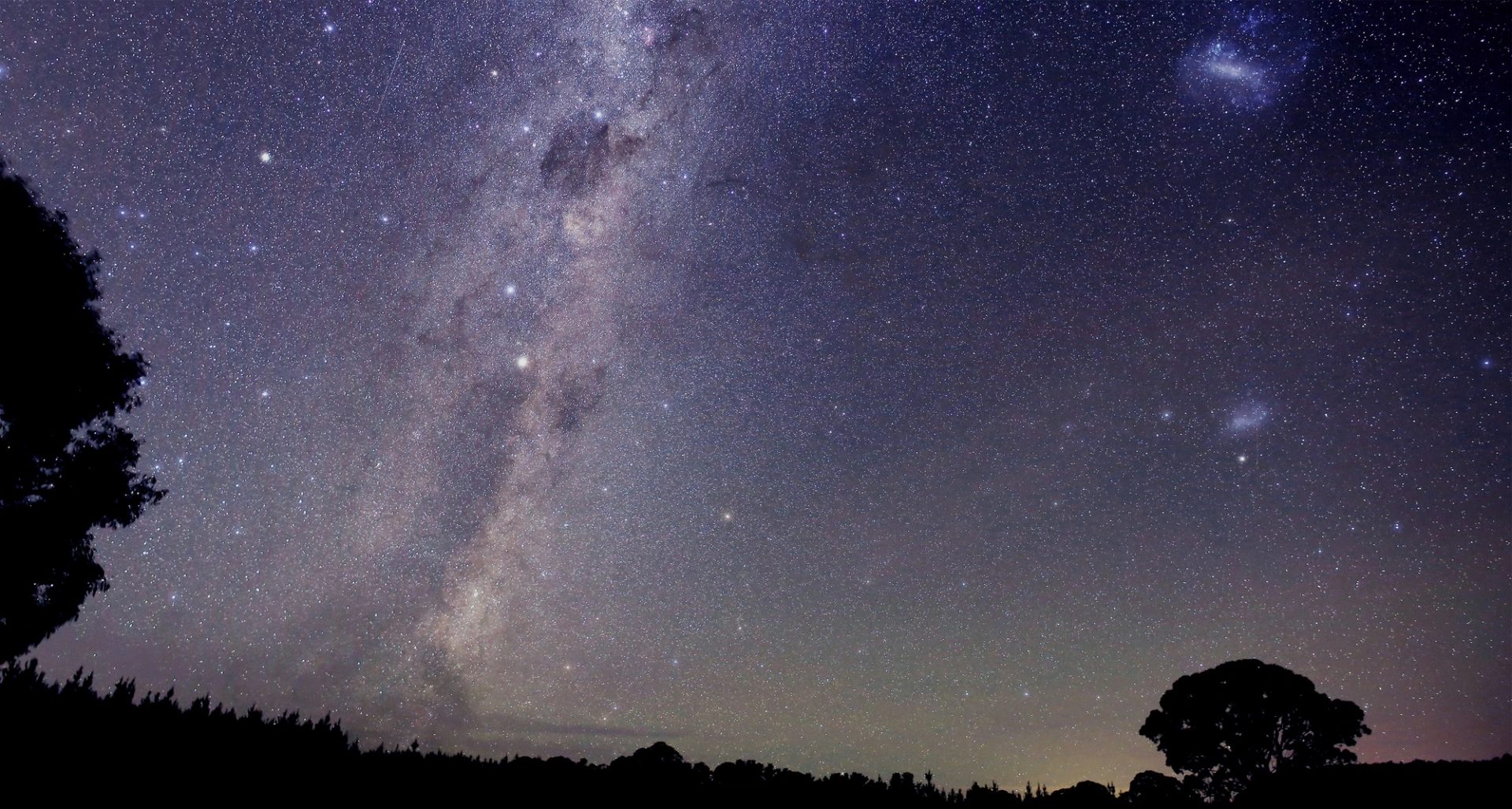
As the year moves on, we see different variations of Gawarrgay. When the eggs push down to the legs at the end of June, this tells us the chicks are forming inside those eggs, so you need to stop hunting those eggs. The Celestial Emu, which is a male sitting on its nest, incubating the eggs. And this is a really important story for male Gamilaraay people. And so, we can see the significance of father role in this story.
‘Being Gomeroi and knowing my totemic systems allowed me to draw inspiration from the dhinawan which is one of my family’s totems. Knowing the characteristics I carry and the attributes of the Gawarrgay opened me up to a language of movement that I embodied.’
Kevin Duncan
The carvings on this emu egg were made by Kevin ‘Uncle Gavi’ Duncan (born 1960), a First Nations Gomilaroi man, whose Country goes from the Newcastle, Hunter Valley area up to Lightning Ridge and over the Queensland border.
Kevin was taught to carve emu eggs by his uncle, Doolie Wallace, who had been a shearer in the 1920s and 30s. As a teenager, Uncle Doolie taught Kevin to carve by using the cutting blade from a shearer’s handpiece. The emu eggs are from Western Moree, where First Nations people have gathering rights on a sanctuary.
‘Emus are inquisitive, and in order to get the male off the nest, a couple of guys lie on the ground and kick their legs in the air. We rub dirt on our hands and feet; if they smell you, they will stamp on the eggs. You have to be careful about being chased. ’
It takes about two days to carve an egg. There is a long history of emu-egg carving in Australia; they were created by both Indigenous and non-Indigenous people and were often incorporated into silver table-pieces in the 19th century.
Carlene Thompson
Kalaya Ngura (Emu Country) is part of a recent body of work by Pitjantjatjara/Yankunytjatjara artist, Carlene Thompson.
This body of work, also titled Kalaya Ngura (Emu Country) depicts the creation of Carlene’s father’s Country, Kanpi, the kalya (emu) and its story.

















